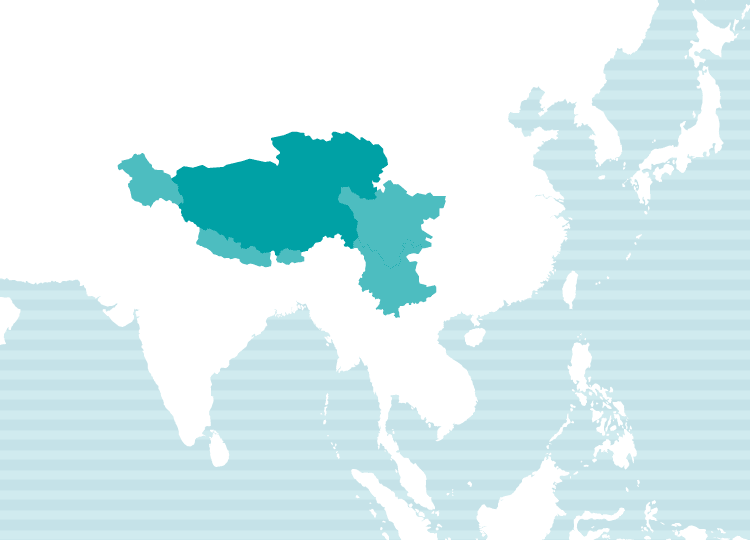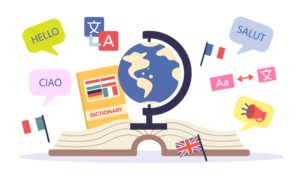At NAIway Translation Service, we provide high-quality Tibetan translations tailored to your content and purpose, handled by experienced professional translators.
Please note: Due to the limited number of Tibetan translators, especially for Japanese ⇔ Tibetan, some projects may require English as an intermediary language. We appreciate your understanding in such cases.

For more details, please feel free to contact us.
Tibetan Translation Rates (Japanese-Tibetan & Tibetan-Japanese)
Below are NAIway’s standard translation rates.
Our regular translation fees cover all of the following services, so you can rely on us with confidence.
Translation
+
Native-Level Quality Check
+
After-Support※
※ As part of our after-support, we handle revisions and inquiries within the post-delivery verification period (typically one week).
(Please note that changes or additions to the original document are not included.)
Japanese to Tibetan Translation

Please contact us for price.
Tibetan to Japanese Translation

Please contact us for price.
- The actual cost will be estimated based on the content and volume of the document. Please send us the document when requesting a quote.
- Minimum Charge Policy. Depending on the character/word count and other conditions, we have a two-tier minimum charge system of 5,500 Japanese Yen or 11,000 Japanese Yen (tax included). This ensures coverage of the essential costs involved in translation coordination and quality assurance.

For more details, please feel free to contact us.
NAIway's Quality Assurance System
At NAIway Translation Service, we believe that quality management is our top priority as a professional translation company. To ensure the highest standards, we have developed our own Quality Assurance System (QAS) and implement strict quality control measures.
For high-quality Japanese-Tibetan and Tibetan-Japanese translations, every document undergoes a two-step review process: after the initial translation, a second translator conducts a thorough quality check.
We meticulously review each character and sentence, ensuring logical flow, terminology consistency, and appropriate expressions to deliver a refined translation tailored to your needs.

Multilingual Translation Support
At NAIway, we offer multilingual translation services. Along with Tibetan, we provide translations in English, Chinese, Thai, Indonesian, and more—all in one place.
If you're considering inbound tourism solutions, feel free to contact us for a consultation!

For more details, please feel free to contact us.
What is the Tibetan language?
Tibetan is the native language of the Tibetan people, spoken across the Tibetan Plateau and its surrounding regions. While it is primarily used in the Tibet Autonomous Region, it is also widely spoken in neighboring areas—such as Qinghai and Gansu in the north, Sichuan and Yunnan in the east, and parts of Bhutan, northern India, and Nepal in the south.
Although commonly referred to as “Tibetan,” the term actually encompasses around 25 distinct languages that evolved from Old Tibetan. These Tibetan languages are often mutually unintelligible. For instance, Dzongkha—the official language of Bhutan—is considered a southern dialect of the broader Tibetan language family.
In modern classification, “Tibetan” typically refers to three main dialect groups:
- Central Tibetan (Ü-Tsang), which includes the Lhasa dialect
- Kham Tibetan
- Amdo Tibetan
Among these, the Lhasa dialect is recognized as Standard Tibetan and is most commonly used in education, translation, and by foreign learners.
Tibetan Script:
Tibetan is written in the Tibetan script, a phonetic script derived from Indian writing systems.
"Hello" in Tibetan:
བཀྲ་ཤིས༌བདེ༌ལེགས།/tʰɑːʃiː deːlɛk/
Primary Regions of Use

Language Family: Sino-Tibetan → Tibeto-Burman Branch → Tibetan Group
Regions Spoken: Tibet, the Kashmir region, China (Qinghai, Gansu, Sichuan, Yunnan), Bhutan, India, Nepal, Pakistan, and surrounding areas
A Fascinating Connection with Japanese
Surprisingly, the way numbers are pronounced in Japanese and Tibetan share some striking similarities. For example, the Japanese numbers ichi, ni, san, shi, go (1–5) closely resemble the Tibetan chik, nyi, sum, shi, ngo. Although shichi (7) and hachi (8) diverge a bit, kyuu (9) is quite similar to Tibetan gu, and juu (10) becomes chu in Tibetan. The pattern continues with juuichi (11) as chu ji, juuni (12) as chu nyi, and so on. Even higher numbers like nijuu (20) and sanjuu (30) correspond to nyi shu and sum ju, respectively.
It’s a curious and poetic reminder of how languages from distant lands—like Japan and Tibet—can echo each other in unexpected ways.

